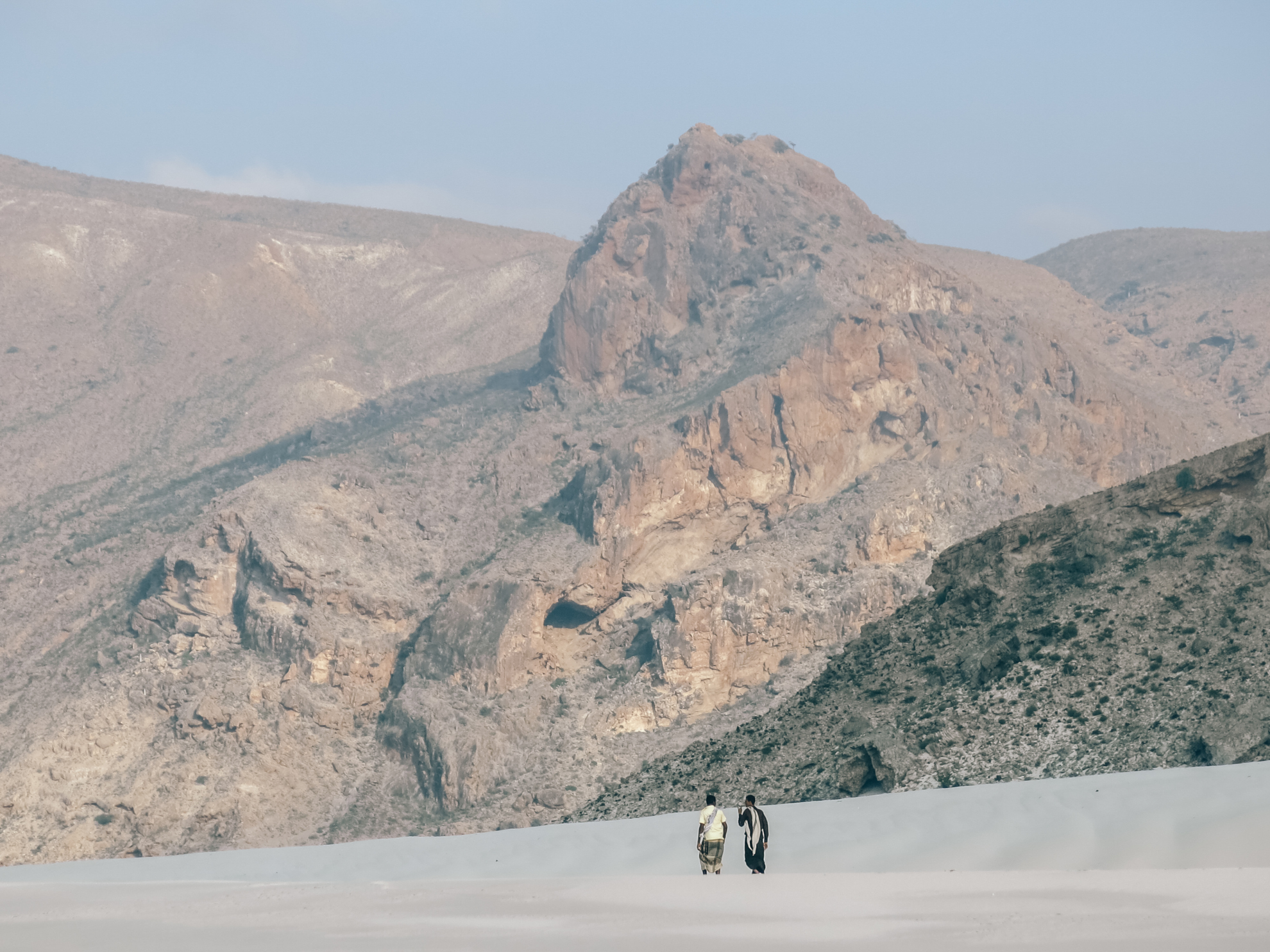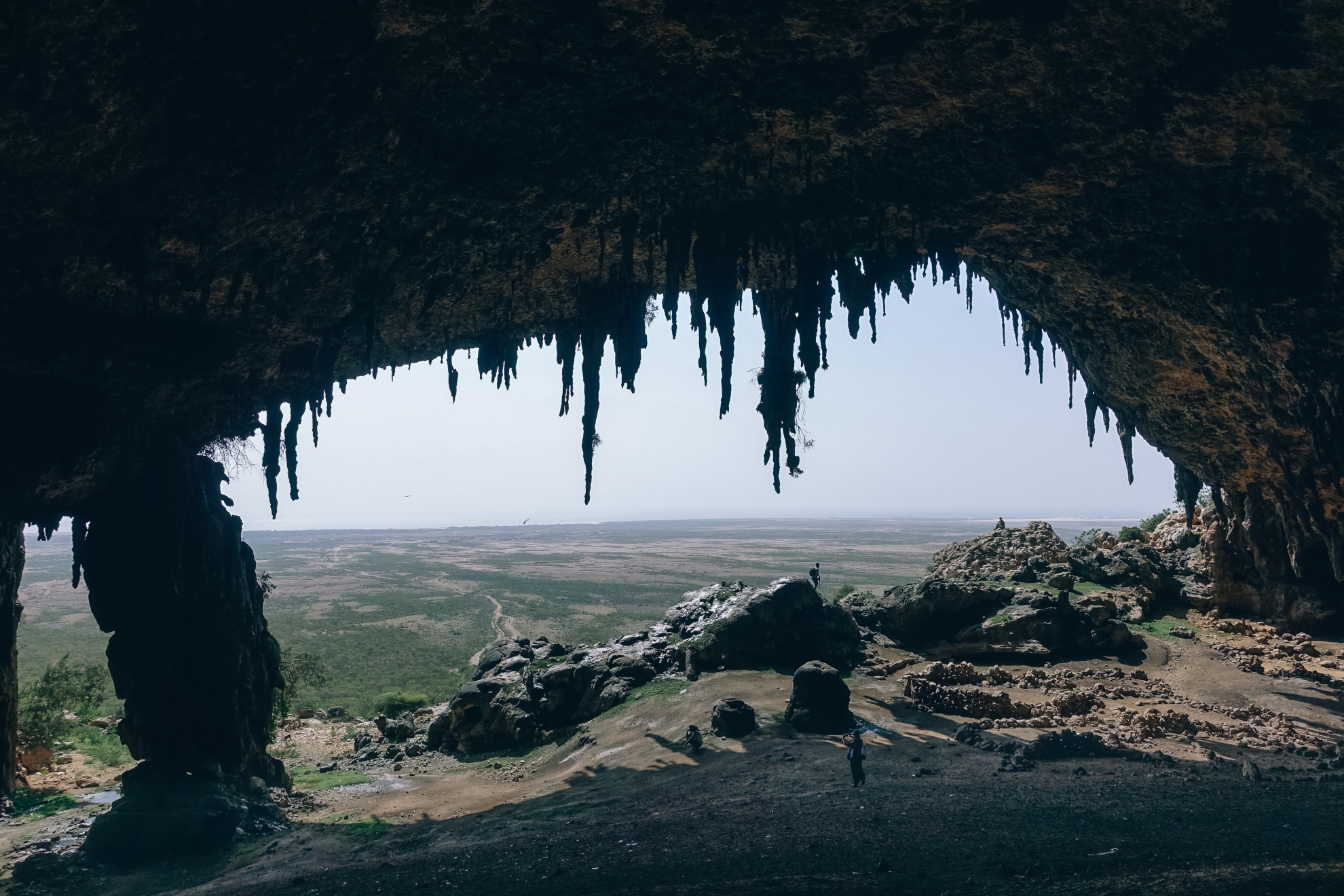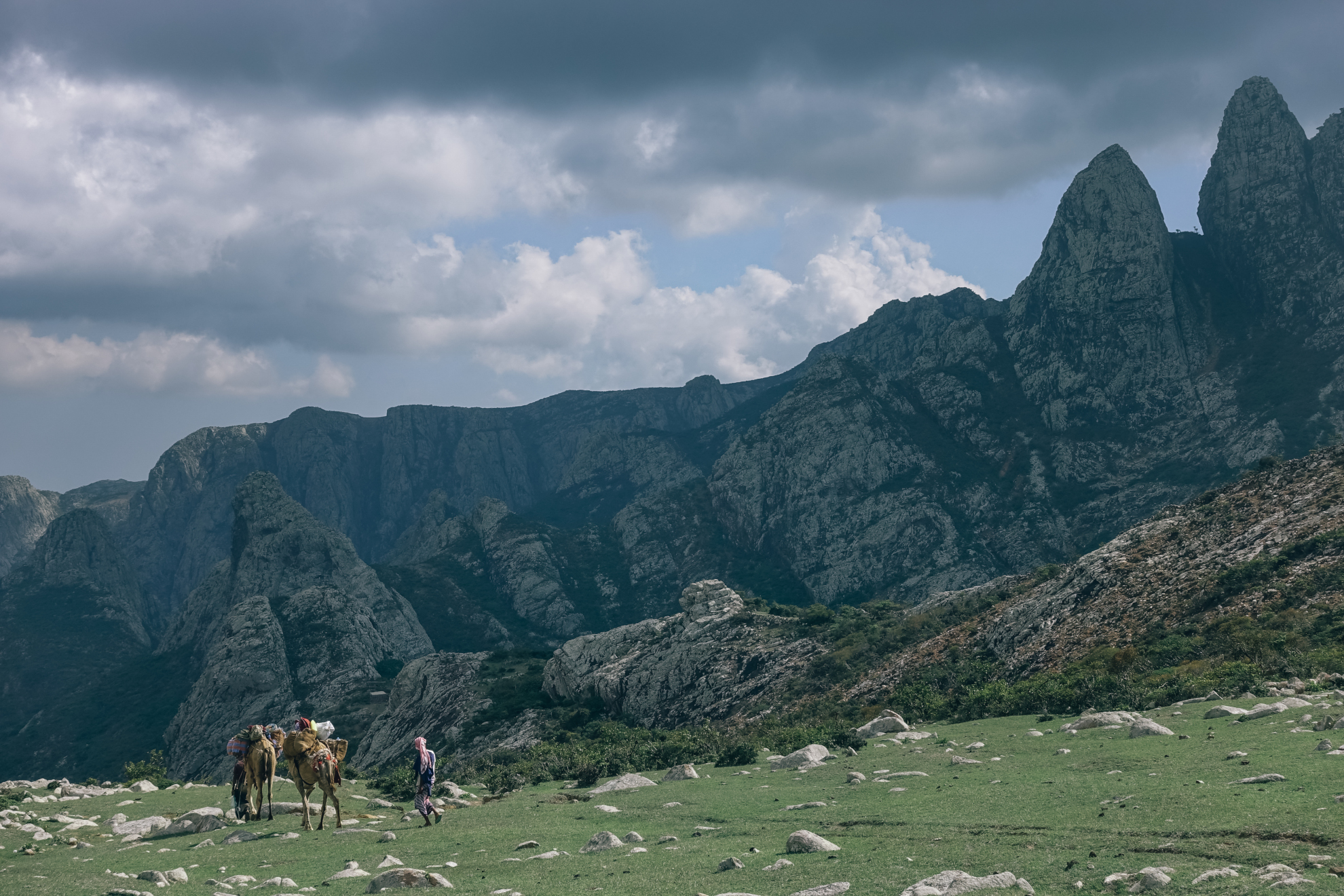GEOLOGICAL HISTORY
The land surface of the islands is very old and represents a fragment of the ancient southern supercontinent of Gondwana. Socotra occupied a central position in Gondwana, close to what are now Africa, Arabia, India and Madagascar. Its current position as a continental fragment arose 20 to 15 million years ago as Arabia split from the African continental plate, opening up the Gulf of Aden and leaving Socotra on the same continental plate of Africa. Later, the Red Sea axis and the East African Rift Valley system started to split apart, causing further separation of Arabia and the Horn of Africa from the rest of Africa. Fluctuations in sea-levels may have allowed a land bridge to develop between the Archipelago to the Horn of Africa at various times, particularly during the glaciations of the last 150’000 years.
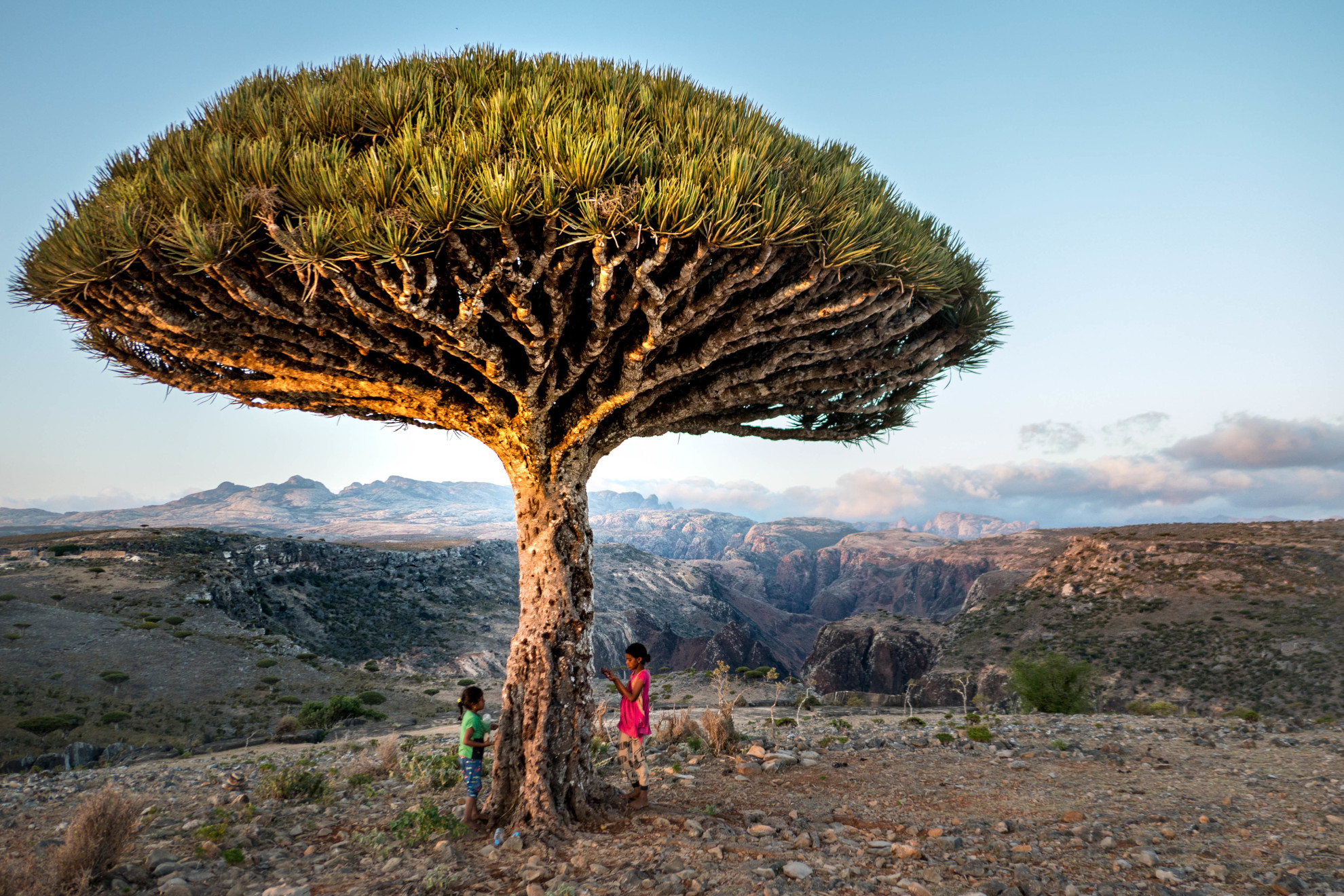
LOCATION AND TOPOGRAPHY
The Socotra Archipelago consists of four island. Socotra, Abd Al Kuri, Samha and Darsa and two small sea stacks. It is situated in the Northern part of the Indian Ocean.
The islands are separated from one another by relatively shallow seas but from the mainland of Africa by a narrow but deep trench of several hunderd fathoms. Abd Al Kuri lies c.80km due east of Cape Guardafui in Somalia, and Socotra c.380km south of Ras Fartak on the mainland of Arabia.
Socotra can be divided into three physiographic zones: the coastal plains, the limestone plateau and the igneous Haggeher mountains.
The coastal plains
These vary in width and lenght but are about 8km at their widest. The largest unbroken stretch is Noged in the south, which is c.80km long and averages 6km in width. Along other part of the coast, shorter stretches of plain are broken by rocky headlands and by the escarpment cliffs of the limestone plateau. The wadis are mostly choked by boulders and debris so no permanent streams cross the plains although they do flow to the sea when in flood. Many of the north-flowing wadis terminate in small fresh or brakish lakes separated from the sea by spits and bars. The soils of the plains are alluvial, consisting of compacted gravels, stones and coarse sands with an admixture of fine grey soil. In some areas fine soils carries down from the uplands have become shallowly deposited. These soils were important for local agricolture. Shallow deposits of wind-blown sand occur along most plains, particularly near Qalansiyah, Hala on the east coast and on the Ras Hawlaf promontory where they have become banked against the limestone to a height of about 250m. On the Noged plain white sands of shell and coral origin from a belt along the coast whilst further inland larger accumulations of yellow sand form dunes.
The limestone plateau
This extends across a large part of the island, averaging 300-700m in elevation and reaching 800m its highest point in the west. The plateau drops in steep, often almost vertical escarpments either to the coastal plain or directly to the sea. Wadis flow from the central mountains, particularly in the south, cutting deep into the plateau. The summit is rolling or, in some areas, broken by well-vegetated cliffs and gullies. The surface exhibits typical karst features, with in some section large areas of bare pavement, gullies, shallow holes and cliffs. In other areas, particularly in the east, where deeper soils have accumulated in broad, shallow depressions, there are extensive areas of flat grassland. Few streams are visible on the surface and caves are common. In the west there is a large, dry and poorly vegetated drainage basin. Soils are poorly developed but weathering has produced a fertile red or grey, clay soil which accumulates in fissures and solution hollows in the limestone. In the valleys and some depressions a greater depth of reddish clay soil has accumulated.
The Haggeher mountains
The Haggeher mountains are a high igneous plateau (generally above 750m) and dominate the eastern and central part of Socotra being perhaps the mostspectacular feature of the islands. They rise in a series of dramatic pinnacles radiating from the base of which are deep, moist gullies, steep boulder-strewn slopes and, on gentler gradients, cleared grassland. There are several peaks over 1300m and Jebel Skand at over 1550m is the highest point in the Archipelago. The slopes of the Haggeher are well vegetated and there are some permanent streams. Decomposition of the grante has led to the formation of deep and fertile red soils in the valleys and on the gentler slopes whilst on the pinnacles and steeper slopes soil are thin or absent. The rocks of the Haggeher are predominantly red but often appear white from the lichens that cover them.
